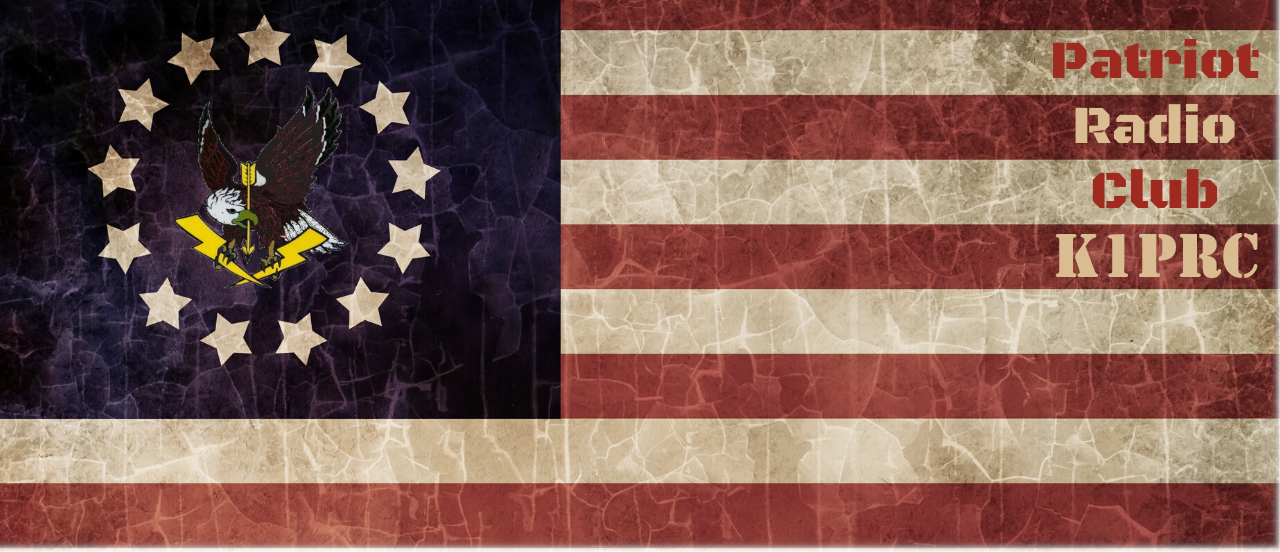What constitutes a club activation?
A club activation involves multiple members activating with the club callsign as a group, planned or ad-hoc. The activation can be in one or more park entities.
Some sponsored events, such as the summer plaque event, may require a certain number of operators to be qualified.
Everyone exclusively uses the club callsign on air, not their personal callsigns, during a club activation, like Field Day.
QSOs are tallied across all individual operators. Duplicate QSO rules apply to the club’s callsign, not the operator’s.
The individual members participating as operators are not required, although encouraged, to have their individual POTA accounts.
Follow the country’s laws and regulations regarding control and individual operators’ privileges
Planning the club activation
Spur-of-the-moment activations are very common. However, planning an activation sufficiently in advance promotes member participation.
Plan your stations’ technical specs and footprints to ensure physical and RF safety in the park, which is a public space. If you are planning a multiple-station activation, keep in mind that running multiple radios takes a lot of room.
Since duplicate QSOs are tracked across all operators using the club callsign, networked logging is highly recommended for multiple stations, mainly if stations can operate on the same band and mode within the same park and state. (Duplicate QSOs waste a bit of time, but there is no penalty for including them in the logs submitted to POTA.)
If you have many operators, plan out operating shifts, so everyone gets a turn.
There is no “pass the mic” in a club activation since everyone uses the club callsign.
Day of the Activation
Spotting
If the activation consists of one station, where operators take turns, spot normally, using the club callsign.
If the activation comprises multiple stations, spot each additional station using callsign/R01, /R02, /R03, etc., so each station is spotted separately. On-the-air exchange should use the plain callsign without these differentiators. While /R01, etc., on the spot indicates that multiple radios/stations are running simultaneously, any three characters can be used for this purpose. Be sure to agree, in advance, which station will use which differentiator.
Differentiators can be similarly used if you have stations in more than one park or state.
One downside for multi-station CW and data operation: reverse-beacon-based automatic re-spotting will not work for stations with differentiators.
On-the-air exchange of the callsign must comply with the regulation in your country. For example, your country may require you to send your callsign/p, /1, etc., during portable operation. Unfortunately, that may limit the number of stations simultaneously listed on the POTA spot.
Making QSOs
When it comes time to start making contacts, an excellent resource is the On the Air section of the POTA activators guide.
A typical contact may sound something like this:
Activator: CQ POTA CQ POTA. This is Kilo One Uniform Bravo Calling CQ Parks on the Air.
Hunter: Whiskey Three Alfa Alfa X-ray.
Activator: Whiskey Three Alfa Alfa X-ray, you are five-nine in US-1234.
Hunter: Thanks for the five-nine in US-1234. You are five-seven in Florida.
Activator: Thanks for the five-seven in Florida, 73.
Hunter: Whiskey Three Alfa Alfa X-ray 73.
Note that the activator only gave the club call (K1UB) since this is a club activation. It is also strongly recommended that even if you use/modifiers on the spotter to differentiate between multiple stations, you ONLY exchange the base callsign on the air. This keeps logging and callsign management the simplest. Following standard best amateur practices, anyone that hunts you should be recording your callsign in their logs the way you announce it over the air.
Logging
Regardless of the logging software used, be sure all required fields are present in the ADIF file. See the Logging Requirements section of the POTA rules, and the ADIF reference for POTA for details.
While not required, you may also want to combine multiple operators’ logs for stations within the same park and state into a single log before submitting. This will simplify the effort for the individual to upload the club’s log. A single ADIF file may contain multiple days.
The STATION_CALLSIGN field in the log must be the club callsign for every QSO. The OPERATOR field holds the individual operator’s callsign for each QSO.
- Mode should be detailed mode – i.e., SSB, FT8, etc., not Phone, Digital, etc.
STATION_CALLSIGNandOPERATORare sometimes omitted for individual logs but must be included for a club log, as this is how we differentiate between the club (station) and the person making the contact (operator).SIGandSIG_INFOare used in park-to-park contacts.
